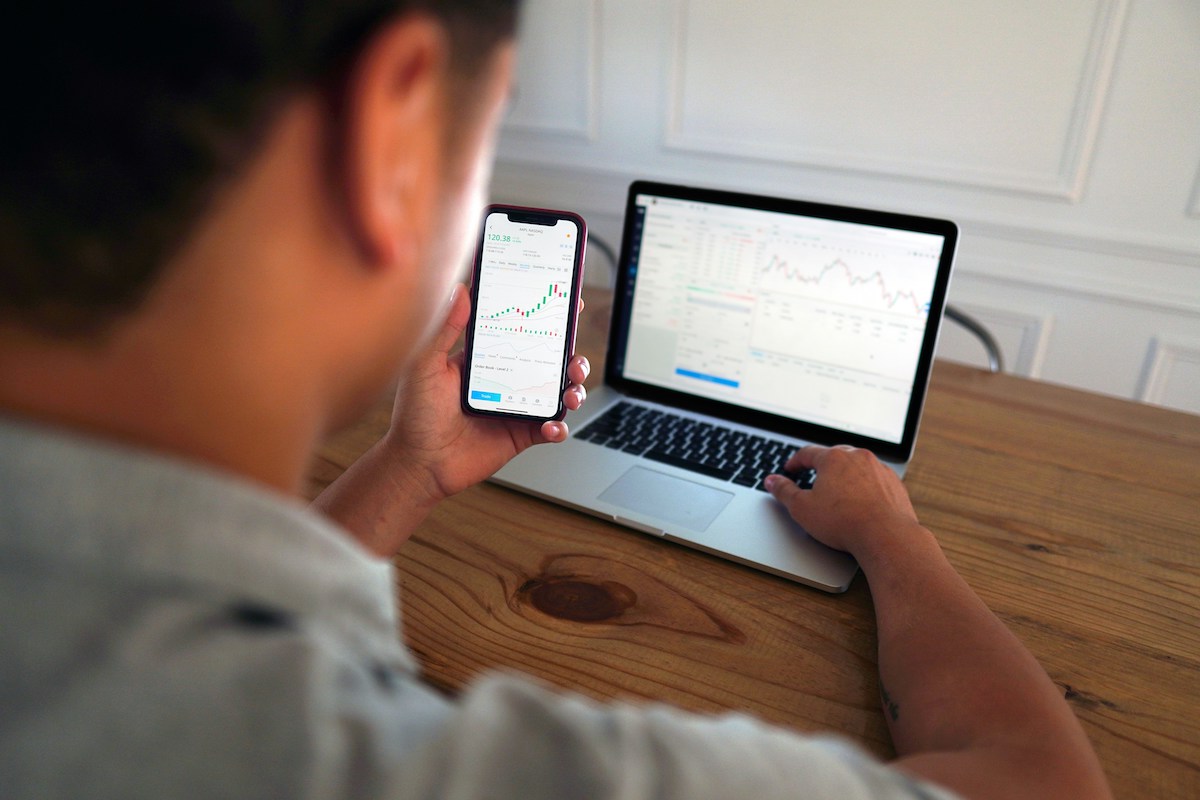Warning on risks: Financial contracts for difference are complex instruments and are associated with a high risk of rapid financial losses due to leverage. On 72.76% of retail investor accounts, financial losses occur when trading financial contracts for difference with this provider. You should consider whether you understand how financial contracts for difference work, and whether you can afford to take the high risk of suffering financial losses. Please read the Risk Disclosures.


Dell and Palantir enter the S&P 500 index, American Airlines ends there
The importance of the S&P 500
The S&P 500 is one of the most important stock indices in the world and a widely used indicator of the performance of the US stock market. It contains the 500 largest publicly traded companies in the US. These companies are selected based on their market capitalization, liquidity, and representativeness of different sectors of the economy, ensuring that the index reflects a broad spectrum of the market. The S&P 500 covers approximately 80% of the market capitalization of the U.S. stock market, making it a very accurate indicator of its overall health. It is often used to determine the health of the U.S. economy and to monitor trends in various industries. With its diversified structure and regular rebalancing to ensure its currency, the S&P 500 is considered one of the most trusted benchmarks for investment strategies and stock portfolio performance.
Palantir and Dell join the S&P 500
With the arrival of September comes the time for the quarterly adjustment of the S&P 500 index, and this time there are going to be some pretty significant changes. Perhaps the most notable additions will be Palantir Technologies and Dell Technologies, both fast-growing technology companies. News of these moves has caused significant increases in their stock prices. Specifically, Dell gained 3.8%[1] during trading hours on Monday, September 9, and for Palantir[2] it was up nearly 14%.* The new adjustments will be effective September 23, 2024, and the goal is for each index to better reflect its market segmentation. Thus, American Airlines and e-commerce firm Etsy will drop out of the S&P 500 and move into the S&P MidCap 400 and SmallCap 600, which include mid- and small-cap companies. In addition to the aforementioned companies, there will be a number of other moves within these indices.[3]
Exclusion of American Airlines
Another of the changes is the exclusion of American Airlines from the main index, the result of a competitive struggle in which it is not doing well. Its market capitalisation stood at USD 7.36 billion on 10 September, significantly less than that of competitors Delta Air Lines (USD 28 billion) or United Airlines Holdings (USD 16 billion)[4] The stock price is at levels seen in the early months of the Covid-19 pandemic[5] and the company has been unable to recover financially even after significant government stimulus and a resurgence in the travel industry. Investor confidence is particularly undermined by the lack of a strong management that can focus on improving the company's services.[6]
After a week of decline, the markets have recovered slightly
In early September, the S&P index experienced its biggest weekly decline since last year, losing around 4.25% of its value.* This decline reflected losses in the broader market as investors anxiously awaited the latest US inflation data, on which a decision on potential interest rate cuts hinged. A rate cut is now almost a certainty even in light of rising US unemployment. The following Monday, the market partially recovered and the S&P 500 gained 1.14%, about the same as the other major US indices.* This recovery can be explained by partial repurchases of equities at lower prices, also supported by expectations of a weaker dollar.[7] Moreover, following recent earnings results from NVIDIA or Broadcom, investors were disappointed by the weaker outlook for the tech giants, especially in terms of revenue in the artificial intelligence sector. Shares of these companies are heavily weighted in the S&P 500 Index, as well as the overall market.

Performance of the S&P 500 stock index over the last 5 years (Source: Google Finance)*
Conclusion
Changes to the S&P 500 are a necessary part of updating the index regularly to better reflect market dynamics. The arrival of technology companies like Palantir and Dell will reinforce technology dominance, while the exclusion of American Airlines shows how tough competition and a failed recovery can affect even once-strong players. These changes show that the index remains a timely and relevant indicator of the state of the broader U.S. stock market.
Adam Austera, principal analyst at Ozios
* Past performance is no guarantee of future results.
[1] Dell Technologies stock price performance over the past 5 years:* https://www.google.com/finance/quote/DELL:NYSE?window=5Y
[2] Palantir's stock price performance over the past 5 years:* https://www.google.com/finance/quote/PLTR:NYSE?window=5Y
[3] https://press.spglobal.com/2024-09-06-Palantir-Technologies,-Dell-Technologies,-and-Erie-Indemnity-Set-to-Join-S-P-500-Others-to-Join-S-P-MidCap-400-and-S-P-SmallCap-600
[4] https://companiesmarketcap.com/american-airlines/marketcap/
[5]American Airlines Group Inc's share price development over the last 5 years:* https://www.google.com/finance/quote/AAL:NASDAQ?window=5Y
[6] https://viewfromthewing.com/american-airlines-kicked-out-of-sp-500/
[7] https://www.investing.com/news/stock-market-news/stock-market-today-sp-500-rebounds-from-last-weeks-slump-inflation-data-eyed-3606805